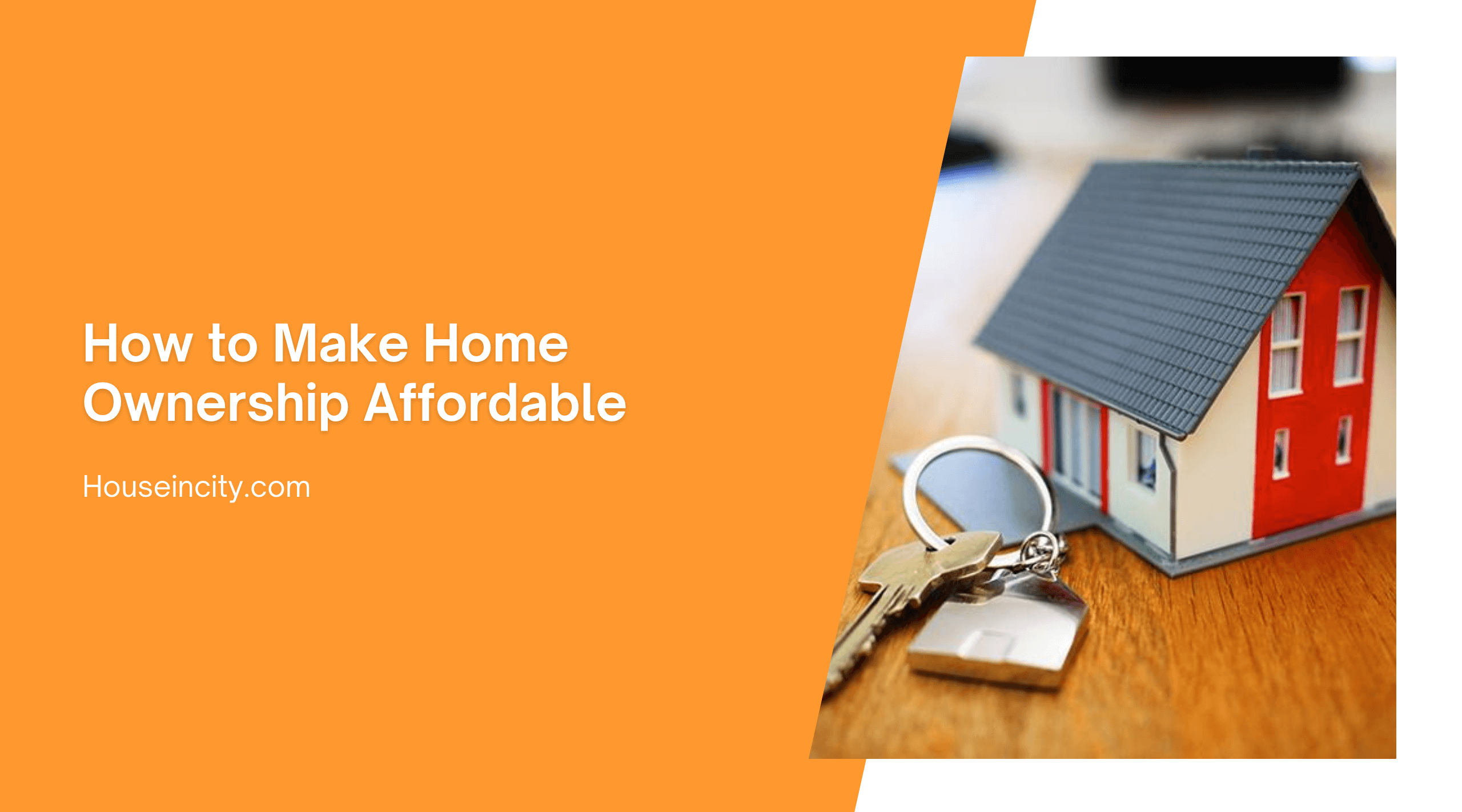Being able to afford their home mortgage is a concern for millions of Americans. Millions of other Americans are in the process of refinancing their current mortgage or are buying their first home, enticed by low interest rates and a new federal program that offers an $8000 rebate for first time home buyers.
Here are some tips for buying an affordable home. Keep in mind that affordability in relation to current household income is a major point (a mortgage payment that is no more than 25% of net monthly income is considered in the affordable range), but there are other qualities that constitute affordability:
- Buy in a nice neighborhood-that means well kept houses, nearness to the best parts of town, not too many homes for sale. Buying less of a house in a nice neighborhood is a better longterm financial decision than getting a bigger house in a more rundown neighborhood.
- Get a 15 year mortgage. The amount of your monthly payment will be higher with a 15 year mortgage than with a 30 year, but the interest rate will be substantially lower-probably about seven tenths of a percentage point-and therefore the amount of the monthly payment going toward principal will be much higher.
- Buy the house sooner rather than later because interest rates are going up.
- Get the house thoroughly inspected by an accredited firm before purchase.
- Do not buy points. Buying points will make the interest go down slightly-perhaps .25 of a percentage point per about $1500-but it is mainly a way for the bank to get more cash out of you upfront.
- Put as much money down as possible. No one wants to empty their savings for a down payment, but putting 20% percent or more down at the beginning will not only get you the best interest rate, it will increase your ability to pay the loan back faster.
Owning a home is a losing proposition from a profit standpoint if you do not buy a home that is going to increase in value over time because it is in a solid neighborhood, and if you do not pay toward the principal at least several times a year beyond the monthly mortgage payment. For a 30 year loan, if you do not pay the principal down faster than the monthly payment, you will end up paying back about 120% or more of the original loan over 30 years.
Let us say you are looking at a $150,000 house:
- Use good credit, a 15 year mortgage and a 20% down payment to secure an interest rate under 5%.
- Put 20% down-$30,000 in this case. If you cannot afford to put down $30,000 without emptying your savings, put off buying a house until you can, or look for a less expensive house.
- Because the federal government is providing an $8000 rebate for first time home buyers, you could shave a few thousand off the $30,000.
- The loan amount after down payment will be for about $112,000 for 15 years. Your monthly payment, including escrow taxes, will be about $1000.
When you check your monthly mortgage statement in the first years of ownership, and see how little of the monthly payment is going toward the principal, do not faint at how little you have paid off. Instead, try to make regular small payments each month toward the principal. Even $50 per month will make a big difference over time in paying off the loan faster.
The good news is that you can write off part of the interest. The bigger good news is that as the housing market recovers and more buyers come back into the market, the value of your home will increase substantially. If you are making extra monthly payments toward principal and keep the house for at least five years or more, you will likely be able to sell at a profit.
